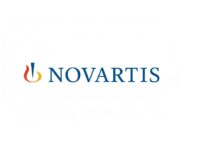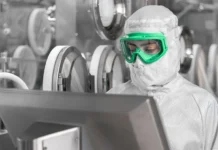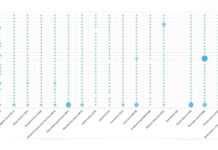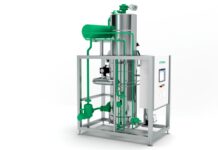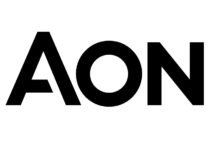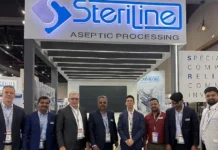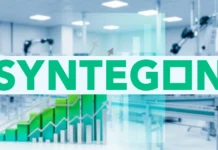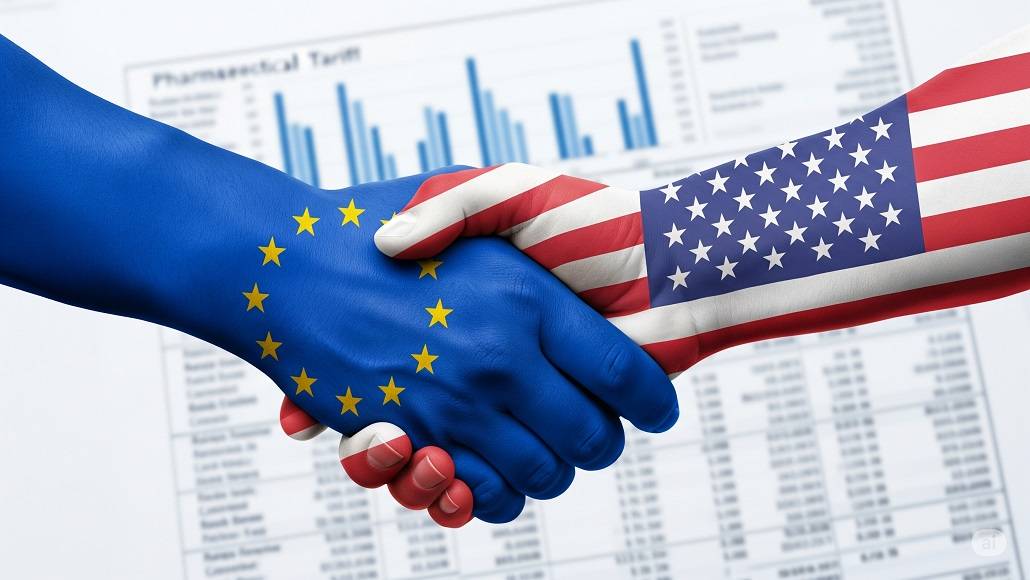Finally, the Trump administration’s much-animated tariffs on pharmaceutical imports are now materializing in a new EU-US trade deal. However, there are still many questions that remain.
As part of a trade agreement that was reached between the US and the EU, pharmaceutical imports along with almost all the goods that are entering the US from the bloc—are going to be subject to a 15% tariff, as per a White House fact sheet that was issued on the 28 July, 2025.
Apparently, the baseline 15% rate is separate from the sector-specific tariffs that President Donald Trump has proposed many times this year, and it is not entirely clear as to how those sectoral tariffs, as well as the result of the Section 232 investigation into the national security implication of the US pharmaceutical imports, are going to add to or replace the rate that has been agreed to.
There is another potential hitch as to how the US defines pharmaceuticals under the trade deal and if that label includes pharmaceutical products or only finished goods. It is well to be noted that there are certain genetic drugs that happen to be excluded under the present plan, although it is not immediately clear which ones those are.
Interestingly, the trade deal code as well caused the pharmaceutical industry to lose almost between thirteen billion dollars and nineteen million dollars, as reported by Reuters. Although the outcome happens to be less bad than expected, says the Jefferies Team.
Notably, the 15% tariff rate on pharmaceuticals as well as other goods offers the industry clarity and should indeed be manageable for major drugmakers, most of whom already have significant manufacturing operations present in the US.
It is worth noting that the tariffs have not yet gone into effect, and it would remain that way until the conclusion of the Trump administration’s Section 232 investigation into the pharmaceutical imports, as per the Jefferies note. Apparently, the outcome of the probe is due by August 2025.
CNBC echoed the uncertainty when it comes to the potential interplay between 232 tariffs as well as the broad 15% tariff that was unveiled recently by citing a quote from the European Commission president, Ursula von der Leyen, which went on to suggest that Europe would be excluded from the impending US announcement as far as the pharmaceutical-specific duties were concerned.
There are multiple analysts who have warned the news outlets that any additional pharmaceutical trade penalties on top of the 15% trade will indeed risk the tanking of the EU-US trade deal. The fact is that even if the 15% rate happens to be a better-than-expected outcome from the industry, it is still not a deal. According to a statement from the European Federation of Pharmaceutical Industries and Associations (EFPIA), tariffs happen to be blunt instruments that will likely scramble the supply chains, have an impact on the research and development investment, and at the end of the day will harm patients access to medicines on both sides of the Atlantic.
Across the pond, the US trade group Pharmaceutical Research and Manufacturers of America (PhRMA) remarked that it was still awaiting further details as far as the agreement was concerned; however, it noted that the pharmaceutical industry does share President Trump’s objective to revitalize the manufacturing in America.
All said, tariffs on pharmaceuticals run counterproductive to this objective, SVP of public affairs of the trade group Alex Schriver said in a statement.
He added that every dollar that happens to be spent on the tariffs is a dollar that could be used in order to advance American manufacturing or to even develop innovative treatments as well as cures. Tariffs on medicines can raise costs and also lead to shortages. It is well to be noted that the industry has been wringing its hands over the threats when it comes to potential pharmaceutical tariffs for most of 2025. But when the anticipated duties were exempted in the Liberation Day tariff revealed by Trump in early April this year, the situation went into holding, kind of a pattern with vague promises of tariff execution periodically resurfacing from the administration across the first half of the year.
Earlier in July 25, Trump went on to reintroduce the prospect of executing tariffs as high as 200% on certain foreign-made pharmaceutical products in a cabinet meeting. In addition to this, he also teased a grace period of a minimum of one year in order to give the drugmakers time so as to shift their operations to the US.
Notably, once the grace period is over, companies will be tariffed if they have to bring the pharmaceuticals into the country, and that is going to be at a very, very high rate of most likely 200%, Trump had said.
Although the threats have been quite vague and the fact is that the influence when it comes to the potential tariffs on drugmakers stock prices has reduced with time, the policy has kind of spurred a major US investment boom, especially, within the large-cap drugmakers.
Earlier in July 2025, Biogen went on to remark that it would plug $2 billion into the North Carolina operations in order to build new manufacturing facilities and also to chart certain upgrades at its present campuses within the state. Hikma Pharmaceuticals, in late June 2025, said that it would spend around $1 billion by the end of this decade in order to boost its manufacturing as well as research and development capabilities in the US.
Meanwhile, on the other hand, Eli Lilly, Roche, Johnson & Johnson as well as AstraZeneca have all pledged an eye-popping investment within the US, with Eli Lilly committing $27 billion, AstraZeneca and Roche pledging $50 billion each, and Johnson & Johnson opting for an investment of $55 billion.







